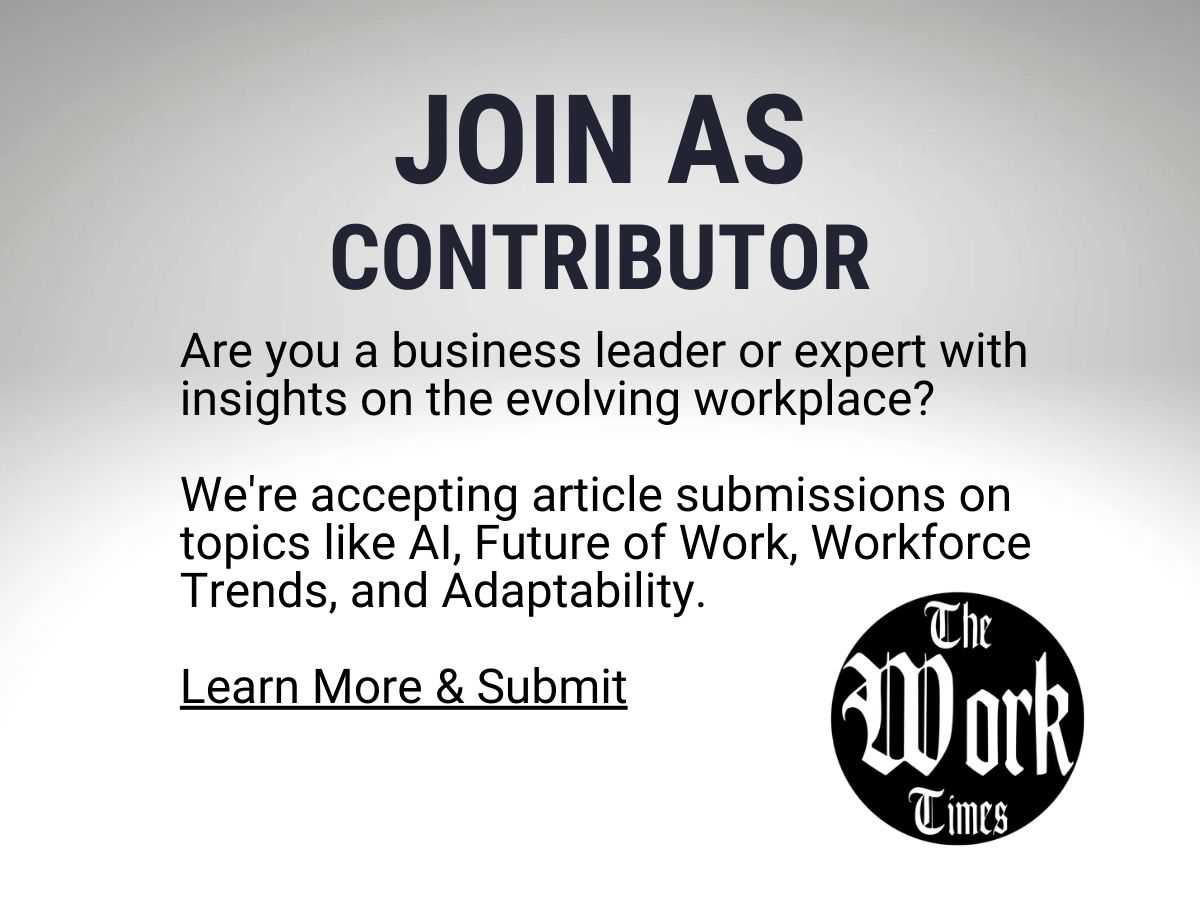Workplace flexibility has become an essential aspect of modern work environments, fostering a healthier work-life balance, increasing employee satisfaction, and boosting productivity. While many businesses are beginning to adopt flexible work arrangements, non-profits have been pioneering these practices for years. Here’s how non-profits are leading the way in workplace flexibility and setting a standard for other organizations to follow.
1. Embracing Remote Work
Non-profits have been quick to recognize the benefits of remote work, not just for their employees but also for their overall mission. By allowing staff to work from anywhere, non-profits can attract talent from a wider geographic area, including individuals who may be passionate about their cause but unable to relocate. Organizations like The Humane Society of the United States and Doctors Without Borders have successfully implemented remote work policies, enabling them to harness diverse skills and perspectives from across the globe.
Keywords: remote work, non-profits, workplace flexibility, global talent, remote work policies
2. Flexible Hours and Job Sharing
Flexible working hours and job sharing are other areas where non-profits excel. Recognizing that strict 9-to-5 schedules don’t suit everyone, non-profits like Habitat for Humanity and Oxfam offer flexible hours that allow employees to balance their work with personal commitments. Job sharing arrangements, where two part-time employees share the responsibilities of one full-time position, are also increasingly common, providing flexibility for those who need it.
Keywords: flexible hours, job sharing, non-profits, work-life balance, flexible work arrangements
3. Outcome-Based Performance
Non-profits often focus on the outcomes and impact of their work rather than the hours spent in the office. This results-oriented approach means that employees are judged on their contributions and achievements, not just their presence at a desk. Organizations like The Sierra Club and The Red Cross prioritize outcome-based performance, ensuring that employees have the flexibility to work in ways that are most effective for them.
Keywords: outcome-based performance, non-profits, workplace flexibility, results-oriented work, employee contributions
4. Supportive Technologies
To support flexible work arrangements, non-profits have adopted various technologies that facilitate remote collaboration and communication. Tools like Slack, Zoom, and Asana have become staples in non-profit operations, enabling teams to stay connected and productive regardless of their location. Non-profits like Amnesty International and Save the Children leverage these technologies to maintain seamless operations and ensure that their missions continue to advance.
Keywords: supportive technologies, remote collaboration, non-profits, workplace flexibility, communication tools
5. Inclusive Policies
Non-profits often lead the way in creating inclusive work environments that accommodate diverse needs. This includes policies that support parents, caregivers, and individuals with disabilities. Organizations like The National Organization for Women (NOW) and The American Cancer Society offer comprehensive parental leave, flexible schedules for caregivers, and accommodations for employees with disabilities. These inclusive policies ensure that all employees have the opportunity to thrive.
Keywords: inclusive policies, workplace flexibility, non-profits, parental leave, caregiver support
6. Sustainable Work Practices
Many non-profits are committed to sustainability, not just in their environmental practices but also in their work arrangements. By promoting telecommuting and flexible hours, organizations reduce the carbon footprint associated with daily commutes. Non-profits like Greenpeace and WWF integrate sustainability into their flexible work policies, aligning their operational practices with their environmental missions.
Keywords: sustainable work practices, non-profits, workplace flexibility, telecommuting, environmental sustainability
7. Holistic Employee Support
Non-profits are known for their holistic approach to employee well-being, offering support that extends beyond traditional benefits. This includes mental health resources, wellness programs, and professional development opportunities that accommodate flexible schedules. Organizations like Mental Health America (MHA) and The Trevor Project provide robust support systems that enhance employee well-being and promote a healthy work-life balance.
Keywords: holistic employee support, workplace flexibility, non-profits, mental health resources, wellness programs
Conclusion
Non-profits are leading the way in workplace flexibility, setting an example for other organizations to follow. By embracing remote work, flexible hours, outcome-based performance, supportive technologies, inclusive policies, sustainable practices, and holistic employee support, these organizations are creating work environments that are adaptive, inclusive, and productive. Their innovative approaches to workplace flexibility not only benefit their employees but also enhance their ability to fulfill their missions and drive social change.
Call to Action
NonProfits.Club is a dedicated platform that highlights the critical work of non-profit organizations worldwide. Focused on showcasing the efforts of these organizations, NonProfits.Club provides insightful articles, resources, and updates that celebrate the impact non-profits have on society. By connecting readers with inspiring stories and actionable information, NonProfits.Club plays a vital role in supporting the non-profit sector and encouraging community engagement. Visit NonProfits.Club to learn more about these incredible initiatives and discover how you can support and get involved with the non-profits making a difference today!




























